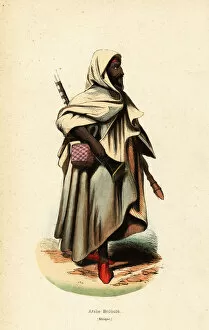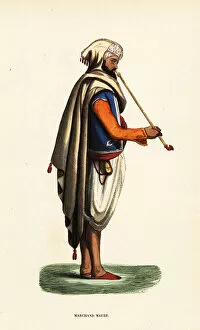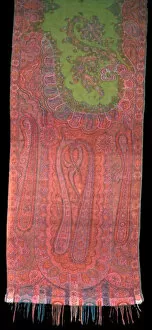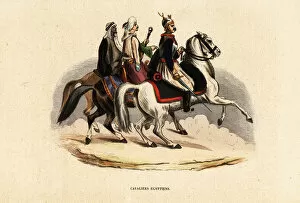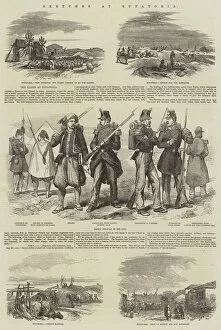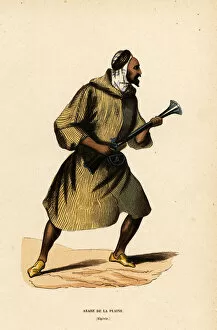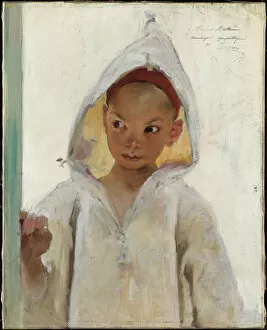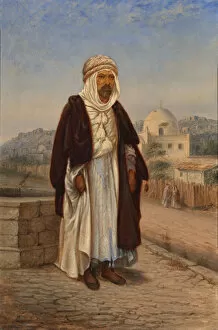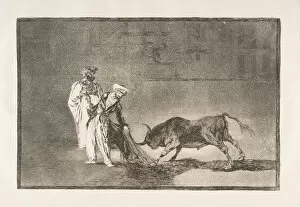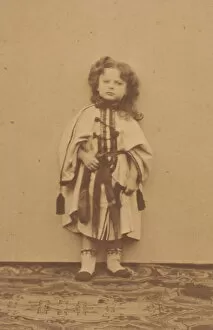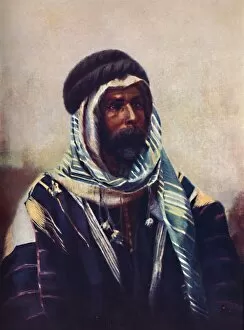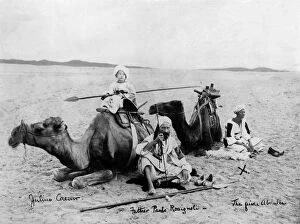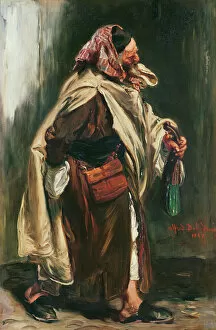Burnous Collection
The burnous, a traditional hooded cloak, has witnessed countless moments of history and turmoil
For sale as Licensed Images
Choose your image, Select your licence and Download the media
The burnous, a traditional hooded cloak, has witnessed countless moments of history and turmoil. From the Dogs as Riffians during the Melillan Campaign to the Execution of a Moroccan spy, this garment has been present in pivotal events captured by Le Petit Journal's illustrations. In Casablanca after the bombing, its flowing fabric fluttered amidst chaos and destruction. The Anarchy in Morocco revealed plundering between tribes, with burnouses blending into a sea of disorder. It even witnessed Moroccan barbarity towards sailors on strike, their struggles depicted vividly in color lithographs. But not all instances were marked by violence. A Nomadic Bedouin from Kordofan donned his hooded burnous while carrying a musket and square case - an image that speaks volumes about resilience and survival. Meanwhile, Moorish merchants exuded elegance as they puffed on tobacco pipes while wrapped in their burnooses. Traveling back in time to France circa 1862 reveals another facet of this versatile garment: it transformed into a Narrow Shawl or Scarf worn by fashionable individuals seeking warmth and style simultaneously. Beyond North Africa's borders, Egyptian cavalry proudly wore their burnooses during military campaigns. Sketches at Eupatoria immortalized soldiers draped in these cloaks as they fought for their cause. Lastly, an Arab Chief of the desert stood tall wearing his burnous against vast landscapes - symbolizing both tradition and authority. Throughout history, whether witnessing conflict or adorning fashion-forward individuals across continents, the burnous remains an enduring symbol of cultural identity and protection against harsh elements.


